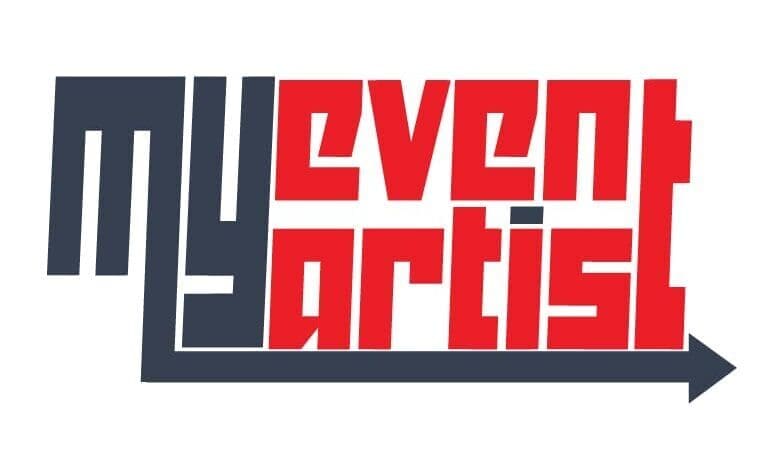Wrestling is one of the oldest forms of competitive sport, showcasing strength, agility, and technical skill. It spans various styles and disciplines, including amateur wrestling, professional wrestling, and traditional folk styles, making it a diverse and engaging sport. Whether you are a newcomer looking to learn the basics, a seasoned athlete aiming to improve your technique, or a fan interested in the culture surrounding the sport, this guide will explore the fundamentals of wrestling, including its rules, techniques, benefits, and community.
1. What Is Wrestling?
Wrestling is a combat sport wherein two competitors engage in grappling techniques, attempting to control each other’s body and force them to the ground. It emphasizes not only physical strength but also strategy, balance, and technique. Wrestling can be practiced in various formats, including freestyle, Greco-Roman, and folk styles, as well as in professional entertainment settings.
2. The Objective of Wrestling
The primary objective in wrestling is to control and outmaneuver your opponent to score points or pin them. Different wrestling styles have specific scoring systems, but generally, points are earned for taking down an opponent, escaping their control, and maintaining dominant positions. A match can end with a pin, which occurs when a wrestler’s shoulders are pressed to the mat.
Common Goals in Wrestling:
- Win by Pin: Achieve a pin by holding both of your opponent’s shoulders on the mat.
- Win by Points: Accumulate more points than your opponent by performing offensive and defensive maneuvers.
3. Basic Rules of Wrestling
Understanding the basic rules of wrestling is essential for participating in the sport effectively:
- Duration: Matches typically consist of three periods, with the length varying by age and level (e.g., high school, collegiate, Olympic).
- Scoring: Points are awarded for various actions, including:
- Takedowns: Bringing an opponent to the mat from a standing position.
- Escapes: Getting away from an opponent’s hold to regain a neutral position.
- Reversals: Turning a disadvantageous position into an advantageous one.
- Near Falls: Holding an opponent’s shoulders close to the mat without a pin.
- Match Formats: Different formats include:
- Folkstyle: Common in the United States, often seen in high school and collegiate wrestling.
- Freestyle: Used in international competitions, allowing for a broader range of holds.
- Greco-Roman: Focuses on upper body techniques, prohibiting holds below the waist.
4. Types of Wrestling
Wrestling encompasses various styles, each with its own rules and techniques:
Freestyle Wrestling
- Characteristics: Freestyle wrestling allows the use of both the upper and lower body to execute holds and takedowns, enabling a wide range of techniques. It is an Olympic sport and features two competitors grappling on a mat.
Greco-Roman Wrestling
- Characteristics: In Greco-Roman wrestling, competitors can only use their upper bodies to execute holds, emphasizing strength and balance. Like freestyle, it is also an Olympic discipline.
Folkstyle Wrestling
- Characteristics: Predominantly practiced in high schools and colleges in the United States, folkstyle wrestling has unique scoring and match rules. It emphasizes control and wrestling on the opponent’s mat.
Professional Wrestling
- Characteristics: Unlike amateur wrestling, professional wrestling is characterized by scripted matches and high entertainment value. While it incorporates athletic elements, it is primarily performed for entertainment purposes.
5. Basic Techniques in Wrestling
Mastering fundamental techniques is critical for success in wrestling:
Takedowns
- Single Leg Takedown: A common technique where the wrestler attacks one of the opponent’s legs, driving them to the mat.
- Double Leg Takedown: A fundamental takedown that involves grasping both of the opponent’s legs and driving them backward to score points.
Escapes
- Stand-Up: A technique used to escape from a bottom position by getting to a standing position.
- Granby Roll: A maneuver that allows a wrestler to score points while escaping the opponent’s hold.
###Pins and Holds
- Cradle: A technique where the wrestler locks the opponent’s head and one of their legs to bring them down to the mat.
- Half Nelson: A hold used to control an opponent’s upper body, often leading to a pin.
6. The Importance of Strategy
Strategy plays a pivotal role in wrestling matches:
- Positioning: Effective positioning and balance are crucial for executing successful techniques and defending against the opponent’s attacks.
- Anticipation: Wrestlers must read their opponents’ movements to anticipate attacks and counter them effectively.
- Energy Management: Managing energy and pacing throughout a match is key, especially in longer bouts where fatigue can influence performance.
7. Physical and Mental Benefits of Wrestling
Participating in wrestling offers numerous physical, mental, and social benefits:
- Physical Fitness: Wrestling improves strength, endurance, flexibility, and overall cardiovascular health through intensive training and competition.
- Mental Toughness: Wrestlers develop discipline, perseverance, and focus, helping them manage competitive pressure and achieve personal goals.
- Self-Defense: Wrestling teaches practical self-defense skills, enhancing physical awareness and confidence.
- Social Connections: Wrestling fosters camaraderie and teamwork among teammates, building friendships and support networks.
8. The Wrestling Community
The wrestling community is diverse and inclusive, providing opportunities for athletes of all ages and skill levels:
- Clubs and Teams: Local wrestling clubs and school teams offer training, competitions, and practices for wrestlers of all levels.
- Tournaments and Competitions: Various competitions, from local meets to national championships, allow wrestlers to showcase their skills and compete against others.
- Youth Programs: Many organizations promote youth wrestling programs, helping introduce children to the sport and develop their skills in a positive environment.
9. Notable Wrestling Events
Several prestigious wrestling events highlight the sport’s best talents:
- Olympic Games: Wrestling is a prominent sport in the Summer Olympics, featuring both freestyle and Greco-Roman disciplines.
- World Wrestling Championships: An international competition where top wrestlers from around the world compete for titles in freestyle and Greco-Roman wrestling.
- NCAA Championships: The National Collegiate Athletic Association (NCAA) hosts annual championships, showcasing the best collegiate wrestlers in the United States.
10. Getting Started with Wrestling
If you’re interested in starting your wrestling journey, consider these steps:
- Join a Local Wrestling Club: Look for nearby wrestling clubs or school teams that welcome beginners and provide training opportunities.
- Participate in Lessons: Consider taking wrestling lessons to learn proper techniques and gain experience.
- Practice Regularly: Dedicate time to practice your techniques, conditioning, and strategies to improve your skills and performance.
Conclusion
Understanding the essentials of wrestling—including its rules, techniques, benefits, and community—can enhance your appreciation for this time-honored and demanding sport. Wrestling is not just a competition; it is a celebration of strength, discipline, and camaraderie that fosters personal growth and community connection.
At MyEventArtist, we celebrate the spirit of wrestling through custom designs and branding solutions that capture the excitement of the sport. Explore our design services at myeventartist.com, and let us help you showcase your passion for wrestling!
Keywords: wrestling basics, understanding wrestling, wrestling rules, wrestling culture, wrestling techniques
#WrestlingBasics #UnderstandingWrestling #WrestlingRules #WrestlingCulture #WrestlingTechniques



Leave a Reply